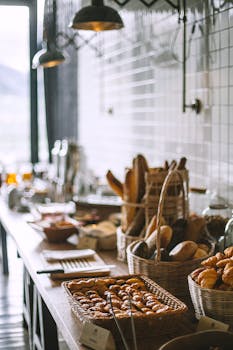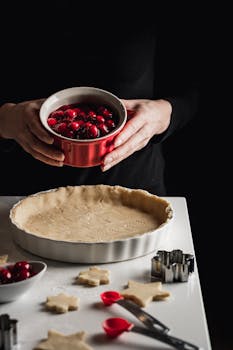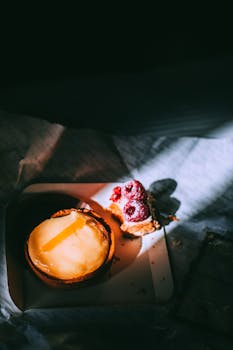Benefits
Versatility in Baking
Time Efficiency
Customization Options
Accessibility for Beginners
Get creative with unbaked pie crust
Transform it into a rustic tart by filling it with a mix of seasonal fruits, a sprinkle of sugar, and a dash of spices before baking
Turn it into a breakfast quiche by adding eggs, cheese, and your choice of vegetables or meats
Create a savory dinner pie by filling it with a blend of cooked meat, gravy, and vegetables
Craft a sweet dessert by filling it with a creamy custard or pudding and adding fresh fruits on top after baking
Use it as a base for a cold pie, such as a no-bake cheesecake or chocolate mousse pie, chilling it first and then adding the filling
Something you can make with unbaked pie crust
Origin
The concept of pie crust dates back to ancient times, with evidence of early pie-like dishes found in ancient Egypt. However, the modern pie crust as we know it today has its origins in medieval Europe. \n\nDuring this time, pie crusts were typically made using a mixture of flour, water, and fat. The fat used could be butter, lard, or suet, depending on what was available. The crust would be rolled out into a thin sheet and used to encase various fillings, such as fruits, meats, or vegetables.\n\nAs European settlers migrated to North America, they brought their pie-making traditions with them. Pie crusts became a staple in American cuisine, with variations and regional preferences emerging over time.\n\nThe 9-inch unbaked pie crust is a standard size used in many pie recipes. It is typically made from a combination of flour, fat (such as butter or shortening), salt, and cold water. The ingredients are mixed together to form a dough,


